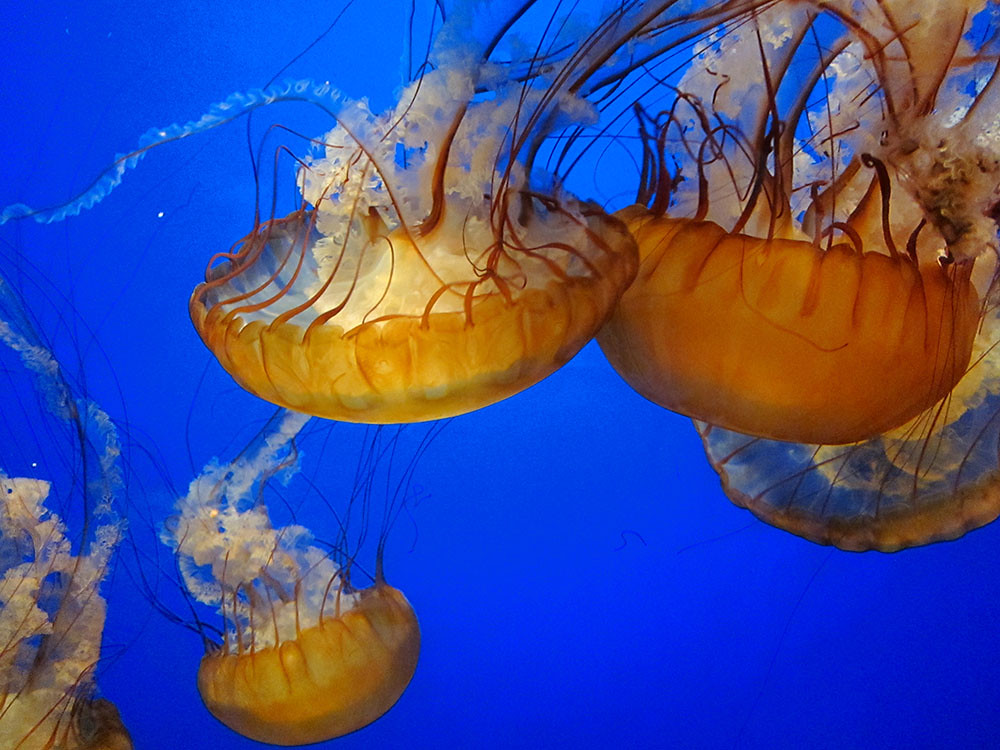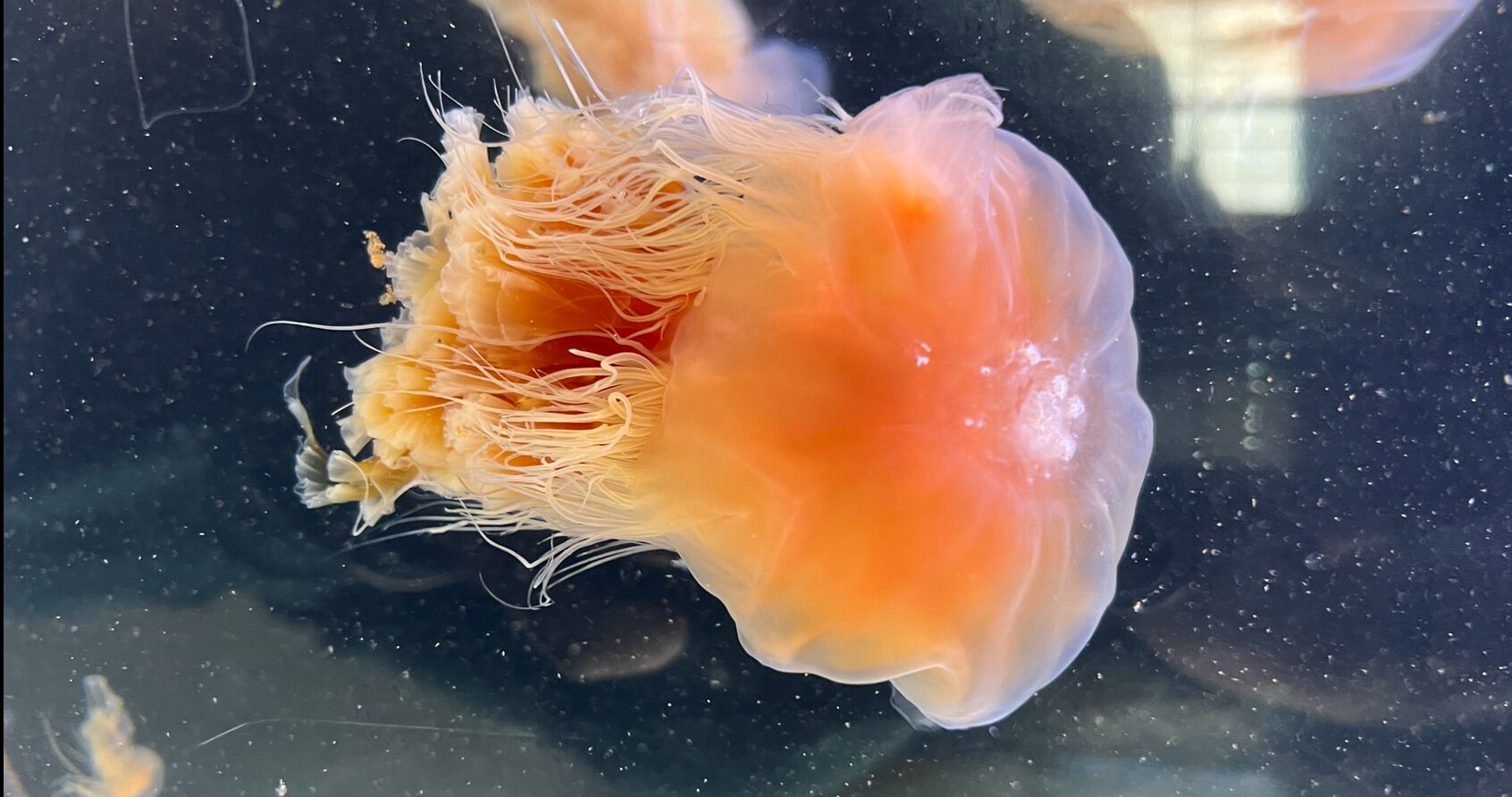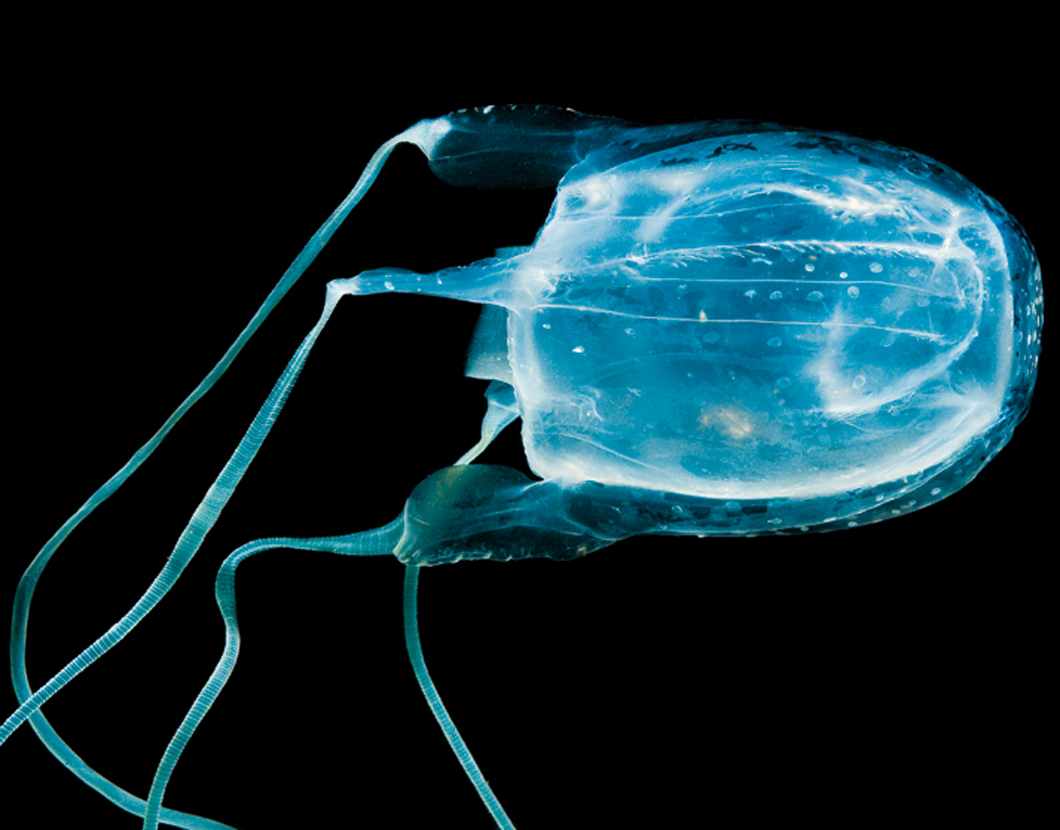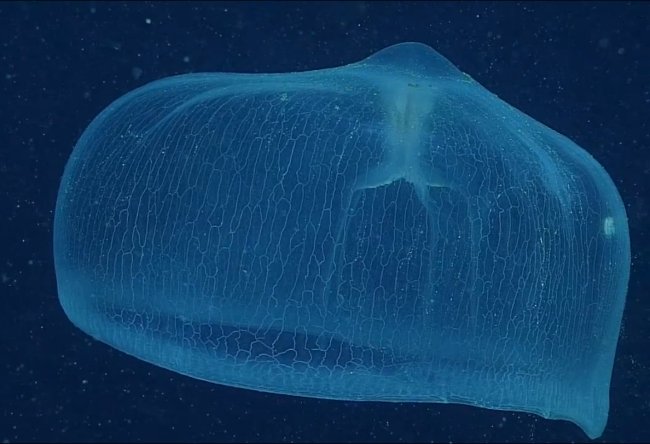Jellyfish are fascinating sea creatures with soft, bell-shaped bodies and long, flowing tentacles. They belong to a group of animals called Cnidaria and drift gracefully through the world's oceans — from warm, shallow shores to the dark depths of the open sea. Some species can even survive in brackish or low-salinity waters. Though they look delicate, jellyfish are far from harmless. Their tentacles are covered with tiny stinging cells called nematocysts that shoot out like microscopic harpoons to inject venom. This venom helps them catch prey, but it can also harm humans.
Some jellyfish are mild stingers, while others are dangerously venomous — powerful enough to cause heart failure or paralysis within minutes. In this article, we'll explore seven of the most dangerous jellyfish in the world — where they live, what makes them deadly, and how you can stay safe around them.
List Of Dangerous Jellyfish In The World Lethal To Humans
The box jellyfish (Chironex fleckeri) is considered the most dangerous jellyfish in the world. It is commonly found in the warm coastal waters of northern Australia and Southeast Asia. Its venom is highly potent and can cause heart failure, paralysis, or even death within minutes. Almost completely transparent, this jellyfish is challenging to see, making its sting especially dangerous.
| Rank | Common Name | Scientific Name | Main Region | Notable Threat |
| 1 | Australian Box Jellyfish | Chironex fleckeri | Australia, Indo-Pacific | Fatal stings; heart failure in minutes |
| 2 | Irukandji Jellyfish | Carukia barnesi, Malo spp. | Northern Australia | Irukandji syndrome can be fatal |
| 3 | Portuguese Man O' War | Physalia physalis | Global (warm seas) | Intense pain; can be fatal |
| 4 | Sea Nettle | Chrysaora quinquecirrha | Atlantic, East Pacific | Painful stings, allergic reactions |
| 5 | Lion's Mane Jellyfish | Cyanea capillata | North Atlantic, Pacific | Nerve pain, large stings |
| 6 | Morbakka Jellyfish | Morbakka fenneri | Australia | Similar to Irukandji syndrome |
| 7 | Mauve Stinger | Pelagia noctiluca | Worldwide (temperate/tropical) | Severe burning pain, outbreaks harm swimmers |
| 8 | Alatina Alata | Alatina alata | Caribbean, Pacific | Severe stings can lead to complications |
| 9 | Bluebottle (Pacific Man O' War) | Physalia utriculus | Indo-Pacific | Severe stings cause breathing trouble |
| 10 | Nomad Jellyfish | Rhopilema nomadica | Mediterranean, Red Sea | Pain, allergic reactions |
1. Australian Box Jellyfish (Chironex fleckeri)

This jellyfish is the most venomous marine animal on Earth. It lives in tropical waters around northern Australia, New Guinea, and parts of Southeast Asia. Its venom is highly potent and can kill small animals or incapacitate humans quickly. The jellyfish uses its tentacles — lined with millions of stinging cells — to paralyse prey. When it stings, the pain is severe, and large red tracks appear where tentacles touch the skin. It is nicknamed the 'sea wasp' because of its deadly sting.
2. Irukandji Jellyfish (Carukia barnesi, Malo spp.)

The Irukandji jellyfish is tiny but incredibly venomous. It measures about one cubic centimetre, making it almost invisible in seawater. It is found mainly in the northern coastal waters of Australia and nearby tropical seas. Its venom is potent enough to affect both the nervous and muscular systems of animals. A sting causes an intense reaction after a delay, including severe pain and overwhelming discomfort. Despite its size, it is feared throughout Australia.
3. Portuguese Man O' War (Physalia physalis)

Often mistaken for a jellyfish, the Portuguese Man O' War is actually a siphonophore — a colony of many connected organisms acting as one. It floats on the ocean surface using a gas-filled bladder and sails with the wind. Found in the Atlantic, Pacific, and Indian Oceans, it has tentacles that can grow over 30 metres long. Each tentacle is loaded with venom that paralyses fish and other small sea creatures. A sting can cause excruciating pain and skin welts. Even dead ones washed ashore can still sting.
4. Sea Nettle (Chrysaora quinquecirrha)

The sea nettle is common along the eastern coast of the United States and parts of the Atlantic and Pacific Oceans. It has long tentacles that can deliver painful and irritating stings. Its venom helps capture plankton and small fish. The sting usually results in redness and discomfort, but it can be more serious for those sensitive to it. Found near beaches and bays, it is one of the most frequently encountered stinging jellyfish in coastal waters.
5. Lion's Mane Jellyfish (Cyanea capillata)

The Lion's Mane jellyfish lives in the cold waters of the North Atlantic, North Pacific, and Arctic. It is also the largest jellyfish species, with tentacles that can reach up to 36 metres long. Its venom is moderately potent and causes pain, skin irritation, and numbness. The sheer number of tentacles means a person can be stung over a large area. This species has earned fame not just for its sting but also for being among the longest animals in the ocean.
6. Morbakka Jellyfish (Morbakka fenneri)

Morbakka jellyfish, also known as the Moreton Bay stinger, are found chiefly in tropical and subtropical Australian waters. It is a type of box jellyfish measuring around 6–18 cm across. Each corner of its body has a long, ribbon-like tentacle that releases venom similar to that of other Irukandji species. A sting can cause intense burning and discomfort. It is often seen in open waters and near coastal bays, especially in Queensland.
7. Mauve Stinger (Pelagia noctiluca)

The Mauve Stinger is a small yet striking jellyfish with glowing purple or pink colouration. It lives in warm and temperate oceans around the world, including the Mediterranean, Atlantic, and Pacific. This jellyfish is bioluminescent — it can glow in the dark when disturbed. Its venom causes sharp pain and irritation, making it a nuisance to swimmers and divers. Swarms of mauve stingers can close beaches and harm fish populations when they appear in large numbers.
What Is The Deadliest Jellyfish In The World?

The box jellyfish (Chironex fleckeri) is considered the deadliest jellyfish in the world. Found mainly in the waters of northern Australia and Southeast Asia, its venom is among the most potent in nature. A sting from this jellyfish can cause excruciating pain, heart failure, and even death within minutes. Its nearly transparent body makes it difficult to spot in the water, adding to the danger. Fortunately, quick medical treatment and antivenom can save lives if administered immediately after a sting.
Which Is More Dangerous, Box Jellyfish Or Irukandji?
Both are extremely dangerous, but the box jellyfish is generally considered more lethal. Its venom attacks the heart, nervous system, and skin cells and can kill a person in minutes. The Irukandji jellyfish, though much smaller (the size of a fingernail), causes the severe "Irukandji syndrome", leading to intense pain, nausea, and sometimes cardiac complications. While Irukandji stings are rarely fatal, box jellyfish stings can be immediately life-threatening. In short, both are dangerous, but the box jellyfish is deadlier.
Which Jellyfish Are Dangerous To Humans?
Several jellyfish species are dangerous to humans due to their potent venom. These include the box jellyfish (Chironex fleckeri), the Irukandji jellyfish, the Portuguese man o' war, the lion's mane jellyfish, and the sea nettle. Their tentacles contain thousands of stinging cells that release toxins, causing pain, skin burns, or even life-threatening reactions. While most jellyfish stings are mild, some can cause severe symptoms like paralysis, heart failure, or shock. Swimmers should always be cautious, especially in tropical and subtropical waters.
What Is A Rare Jellyfish Species?

The deepstaria jellyfish is one of the rarest and most mysterious jellyfish species in the world. It lives deep in the ocean, far below where sunlight reaches, and is rarely seen by humans. This jellyfish has a large, translucent, umbrella-like body that looks like a floating ghostly sheet. Deep-sea submersibles first filmed Deepstaria, which remains one of the least understood jellyfish species. Its strange, flowing movements and delicate structure make it one of the ocean's most mesmerising creatures.
Comments
All Comments (0)
Join the conversation